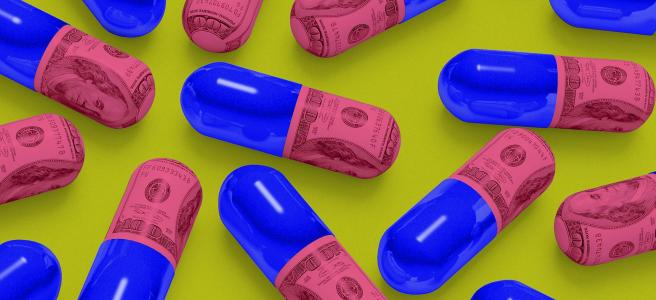
Marisa Fernandez | 6/21/2021 | Axios
Nearly $50 billion or a third of Medicare Part D costs in 2016 were for drugs with absent cost-effectiveness analyses, according to a report from JAMA Network Open.
Why it matters: The lack of a quality analysis that weighs the relative cost with outcomes of these drugs may create hurdles toward efforts aimed at addressing drug spending in terms of value.
Background: Reports have consistently showed higher drug prices are driving up Medicare spending.
- Prior to the COVID-19 pandemic, forecasts showed spending on prescription drugs by the U.S. would reach $350 billion by 2020 or about 10% of the country's health care spending.
- Separately, another report out last week in Health Affairs found a very high concentration of Medicare Part D spending on an increasing number of these expensive drugs.
By the numbers: Nearly half of 250 drugs with the greatest Medicare Part D spending in 2016 showed no available cost-effectiveness analyses. For the other half that did have studies, many did not "meet minimum quality standards."
- Of these 250 drugs, 91 had a generic equivalent and the remaining 159 had some exclusivity.
The big picture: President Biden and Democrats have supported the idea of policy reforms like improving the value of spending on prescription drugs by negotiating or setting Medicare drug prices.
The bottom line: Cost-effectiveness analysis has been an efficient way to compare clinical value across alternative treatments. However, "efforts for value-based reforms may be hampered by a lack of cost-effectiveness data," the authors write.

